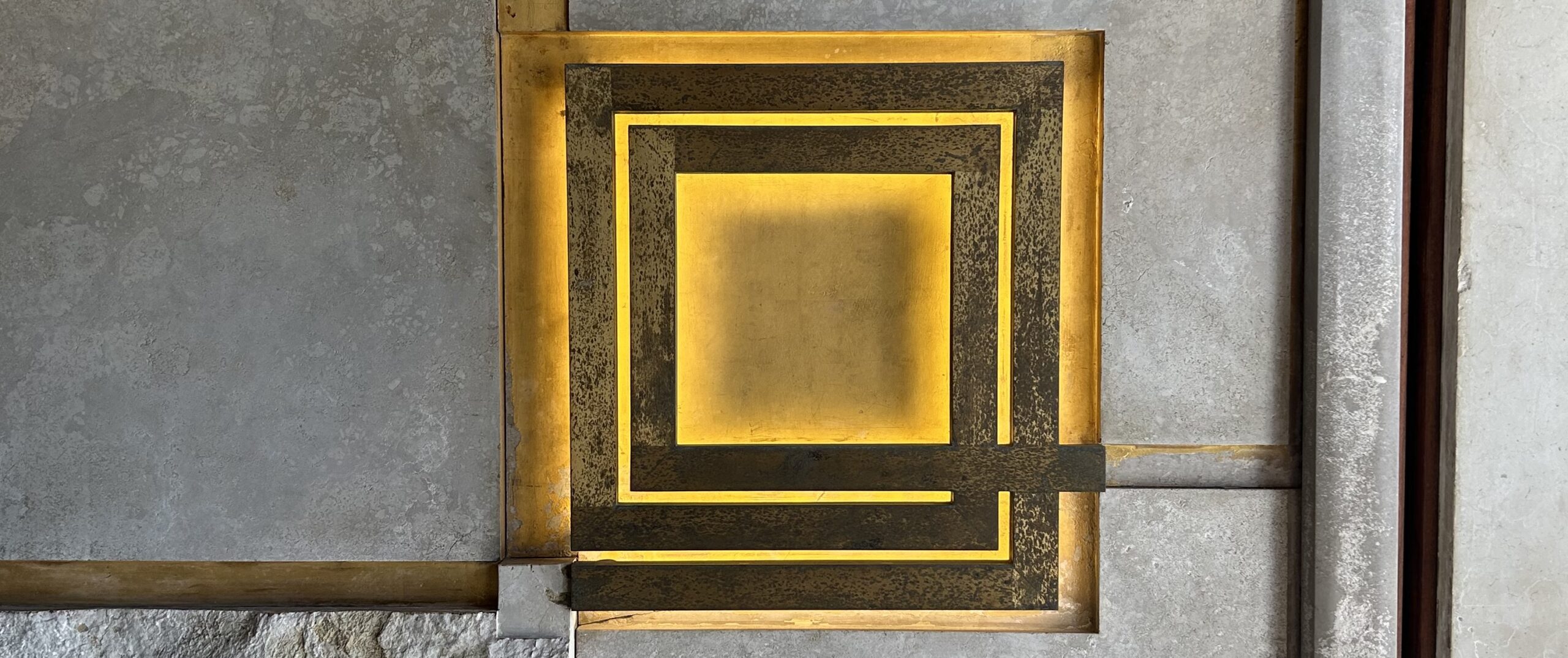When I first watched Dune, Denis Villeneuve’s cinematic masterpiece, I was struck not only by the gripping narrative but also by the extraordinary atmosphere created through dramatic visuals, music, and architecture. Villeneuve’s use of expansive, intentional framing made something click in my mind, especially in the second movie, where the imperial palace was set at the famous Brion Tomb by Carlo Scarpa.
Although I had encountered Scarpa’s work before, it wasn’t until this year that I began to delve deeply into his legacy. Inspired by Villeneuve’s evocative use of space and design, I embarked on a journey to experience Scarpa’s work firsthand, culminating in a recent visit to the Olivetti Showroom in Venice.
Palazzo Abatellis, Palermo
My Scarpa pilgrimage began this summer, in Palermo, my hometown, at the Palazzo Abatellis. Here, Scarpa’s approach to museum design took center stage.
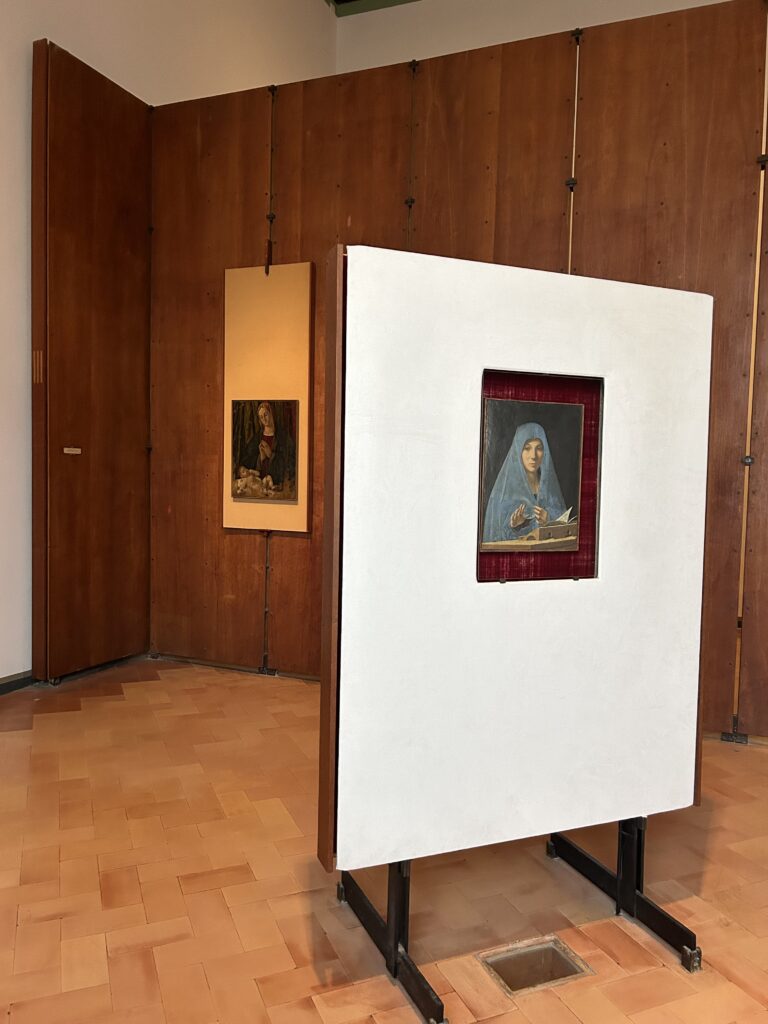
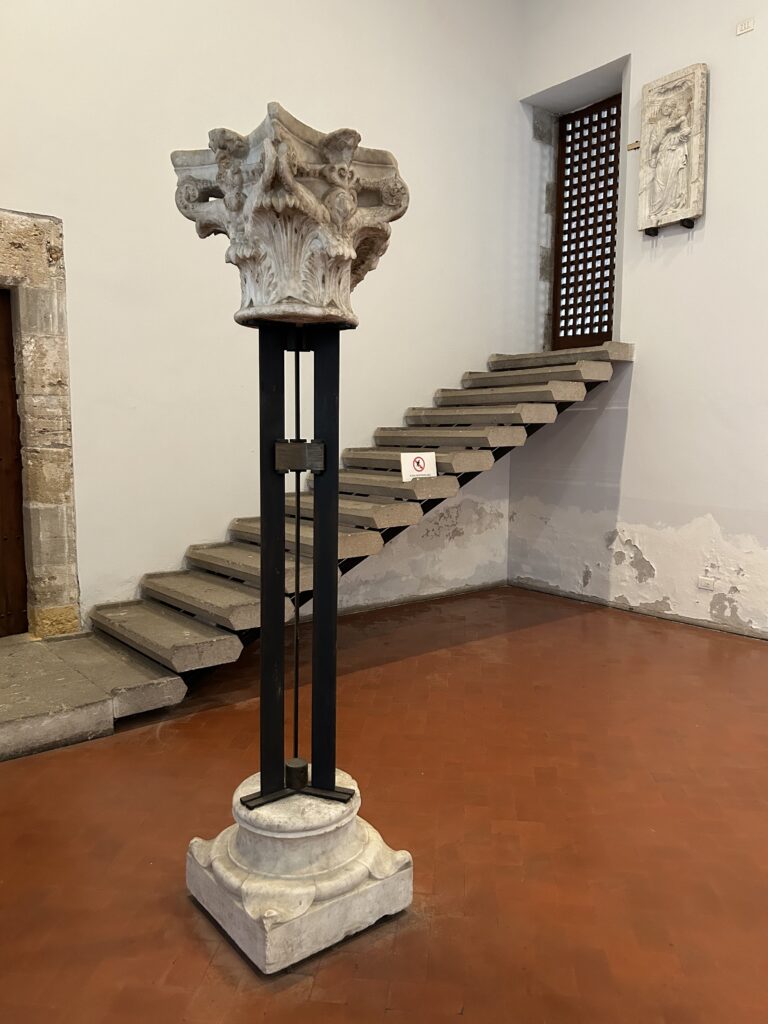
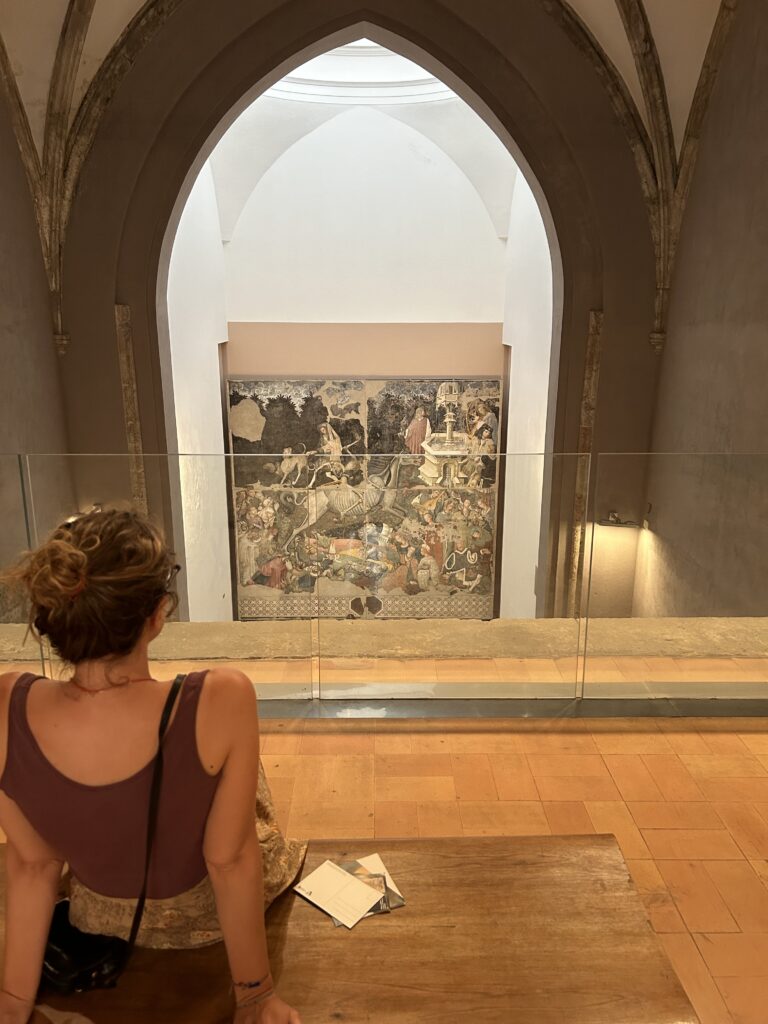
This space is a testament to his ability to reimagine the relationship between art and architecture. In his restoration of this war-damaged structure, Scarpa seamlessly integrated modernist principles into a historic building. His innovative display methods and sensitive restoration work brought new life to the art housed within, redefining how we experience museum spaces.
This visit ignited my fascination with Scarpa’s ability to blend the old and the new, creating spaces that are at once timeless and deeply contextual.
Venice and Treviso: Scarpa’s Homeland
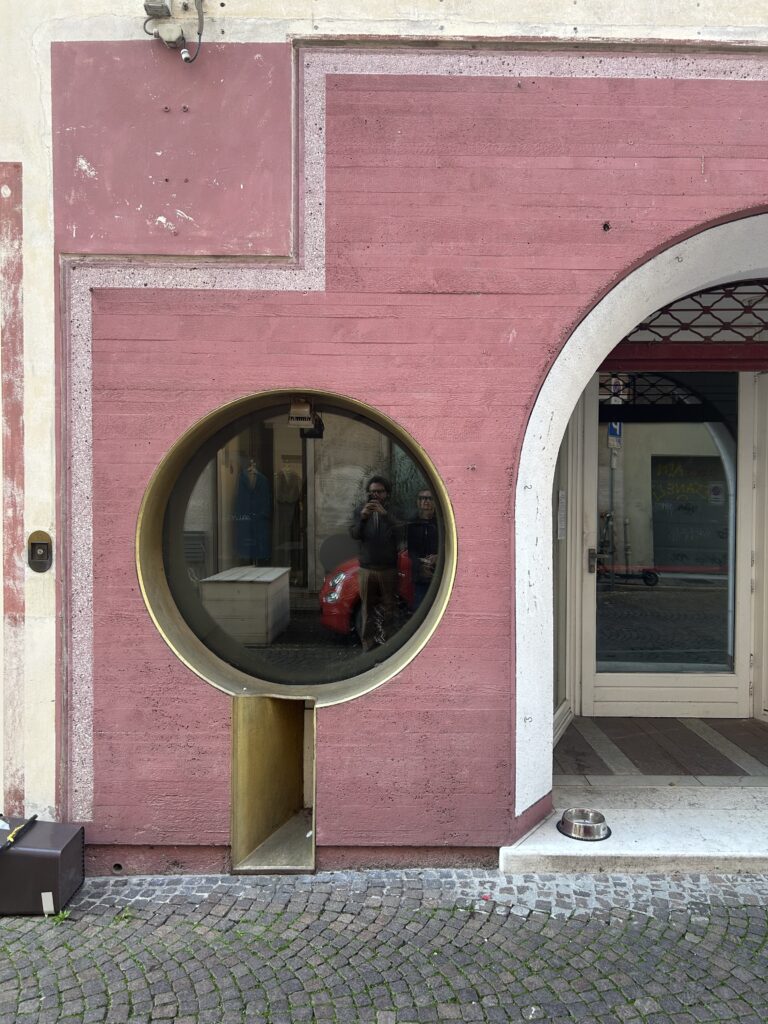
Last week, I visited Venice and Treviso, cities where Scarpa’s legacy is deeply rooted. Traces of his genius seemed to surface at every turn, from small architectural details to complete spaces that bore his unmistakable touch. Scarpa’s works feel alive—crafted with an unparalleled sensitivity to light, material, and context.
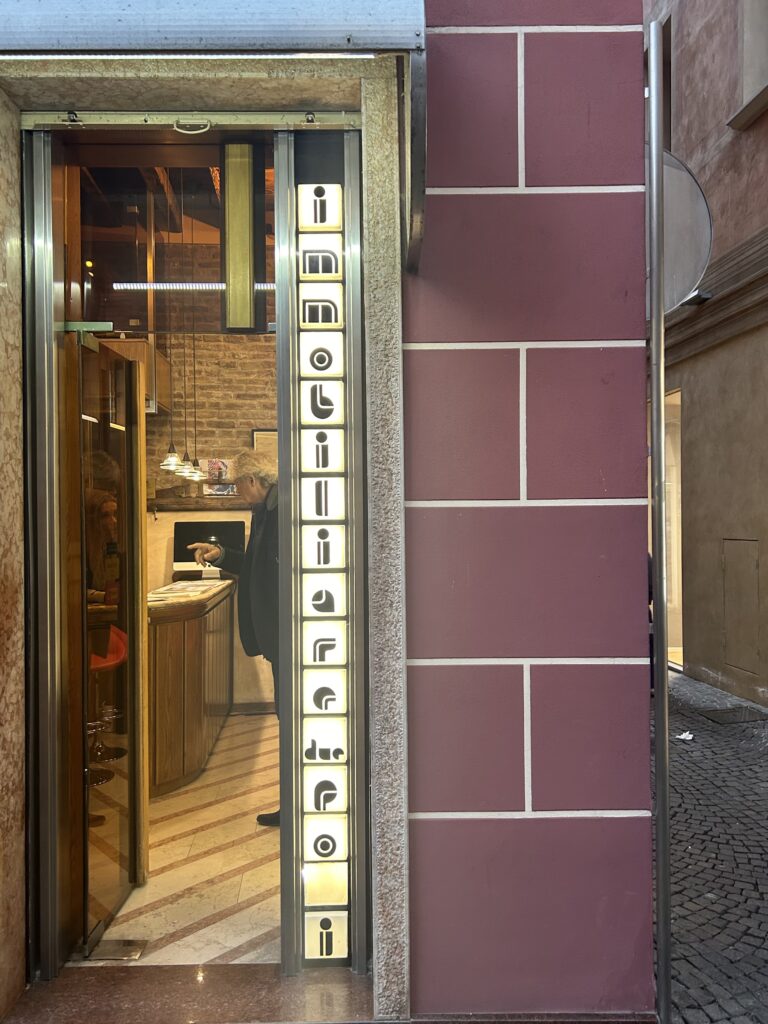
While in Venice, my journey into Carlo Scarpa’s mastery led me to the Galleria dell’Accademia, where his approach to museum design further revealed his genius. Scarpa’s work here focuses on reimagining how Renaissance and Gothic paintings are displayed, transforming the act of viewing art into an immersive experience.
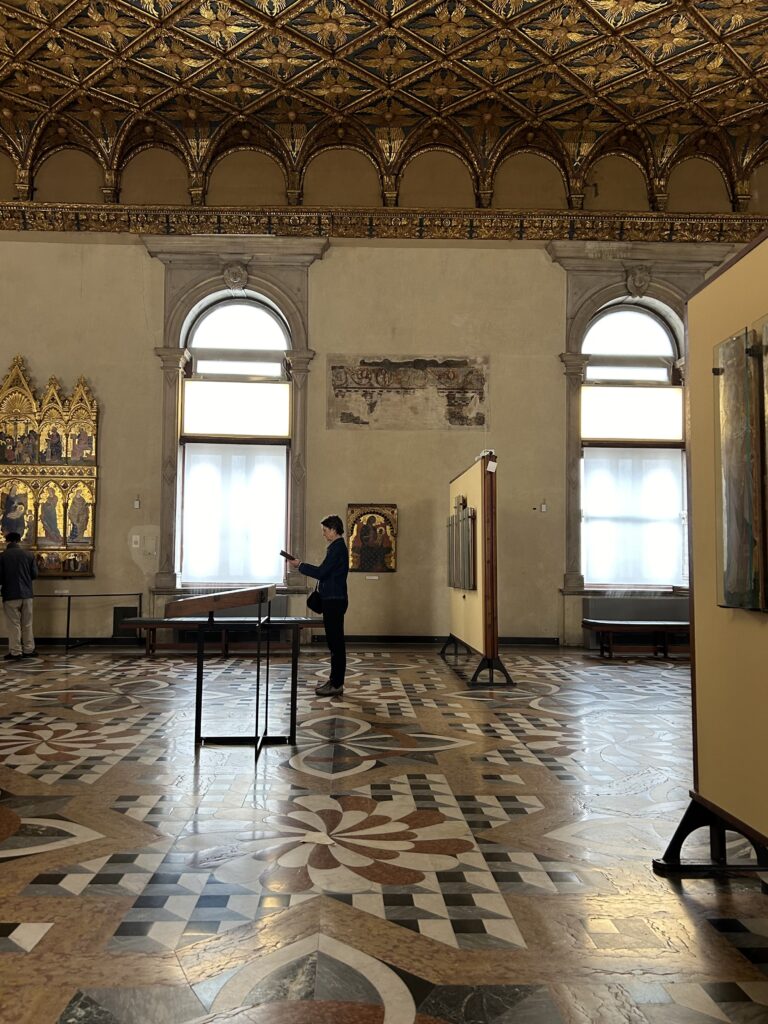
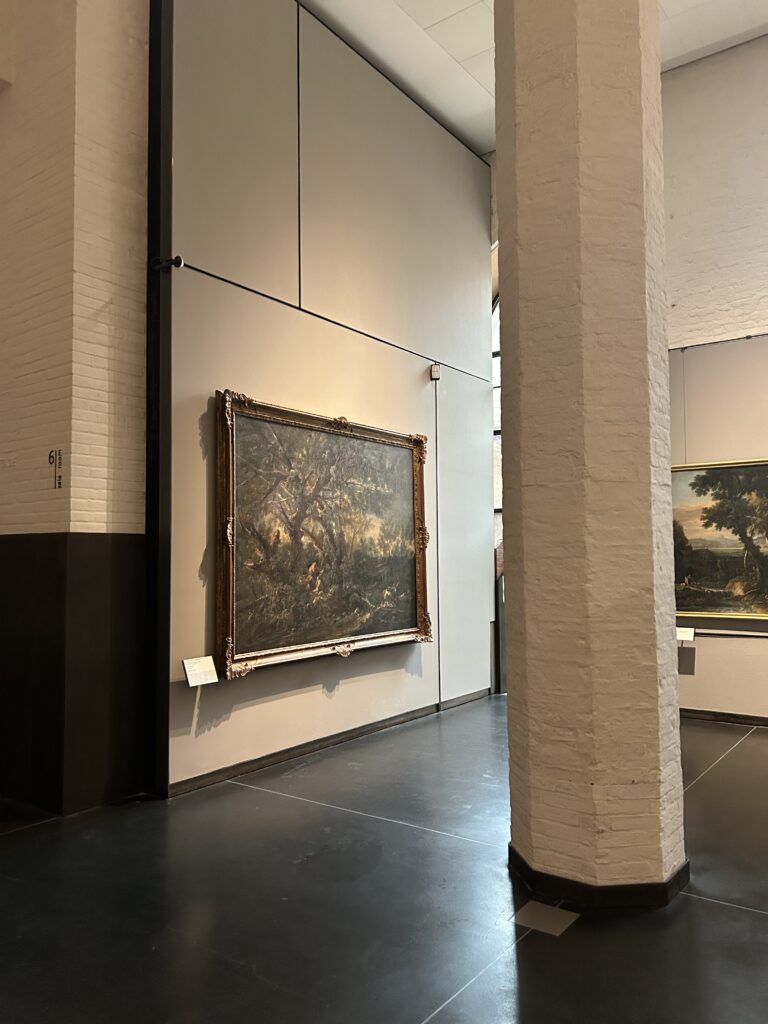
His use of modern materials, such as steel and glass, alongside traditional ones like wood and stone, creates a harmonious dialogue between past and present. Scarpa’s attention to detail in crafting pedestals, frames, and surfaces respects the integrity of the artworks while offering a fresh perspective on their presentation.
Olivetti Showroom
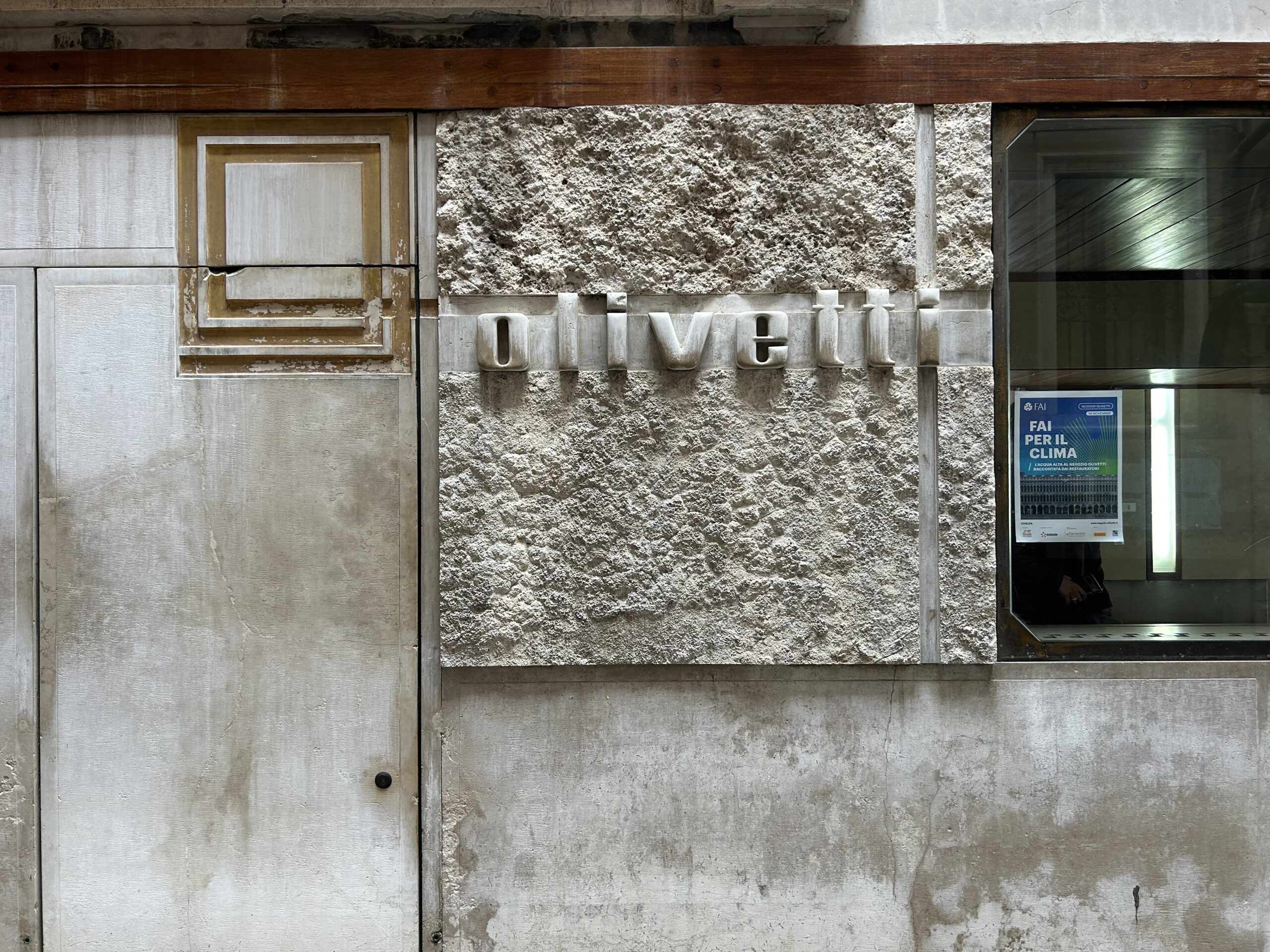
One of the highlights of my visit was the Olivetti Showroom in Venice, a jewel tucked away in Piazza San Marco. Designed in 1957, this space was conceived as a flagship store for the Olivetti typewriter company. Often called the precursor to the Apple Store, it embodies Scarpa’s meticulous attention to detail and his innovative approach to retail design. Every element, from the staircase to the marble floor, feels like a tribute to craftsmanship and functionality, creating an environment where product and space enhance each other.
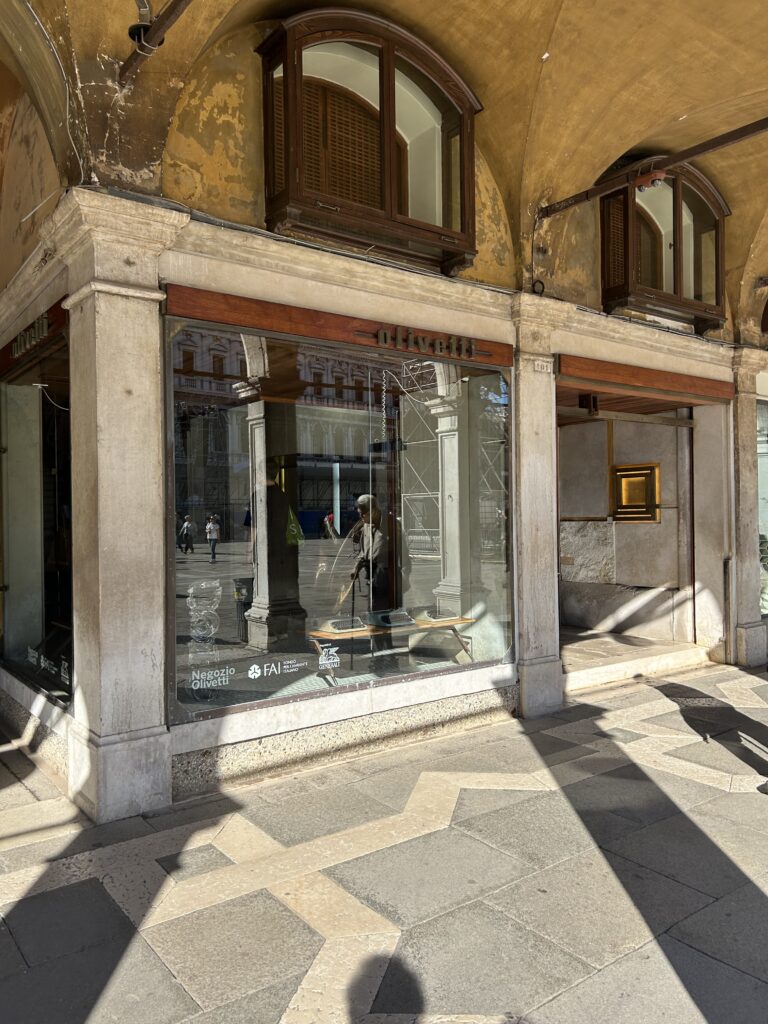
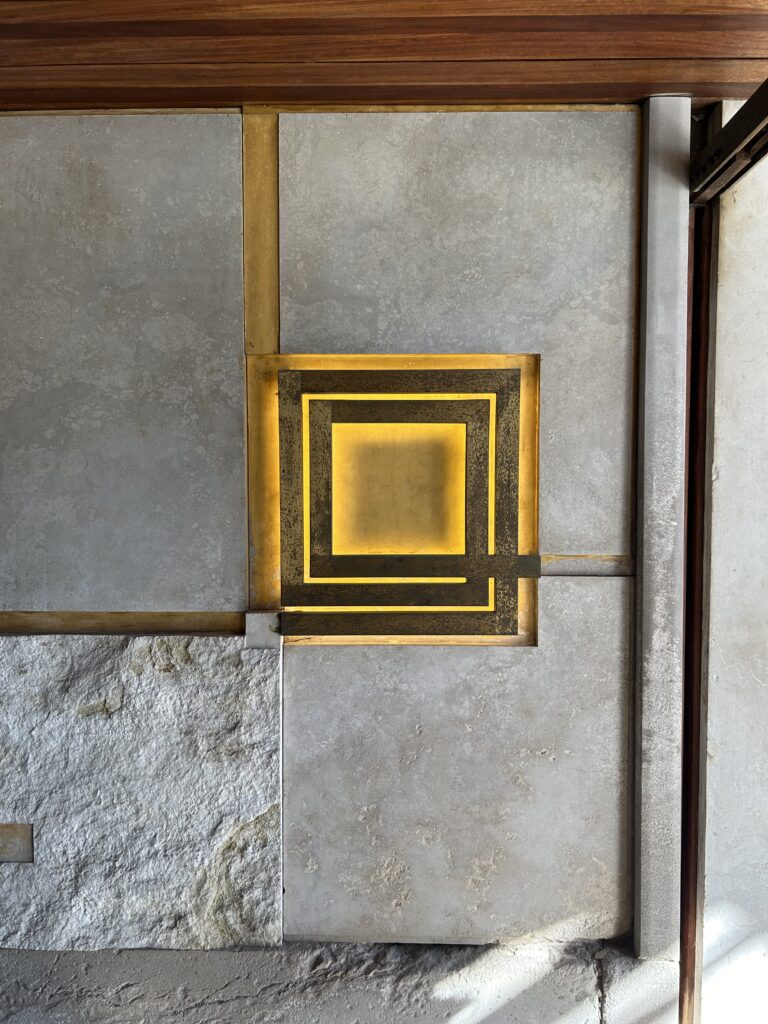
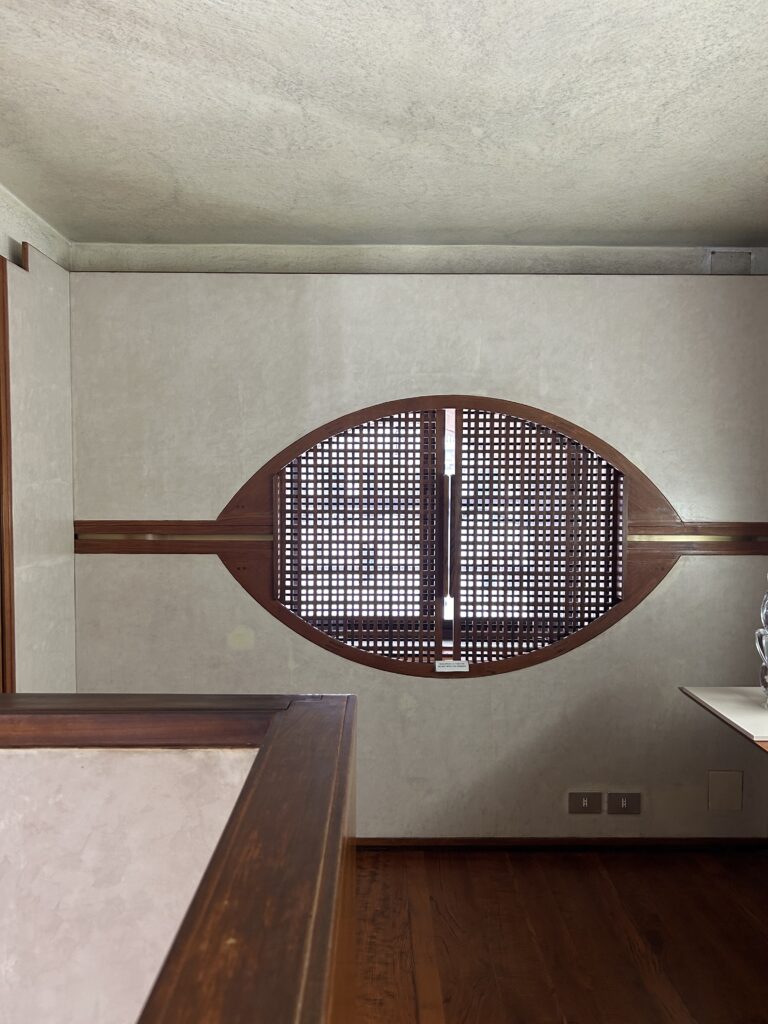
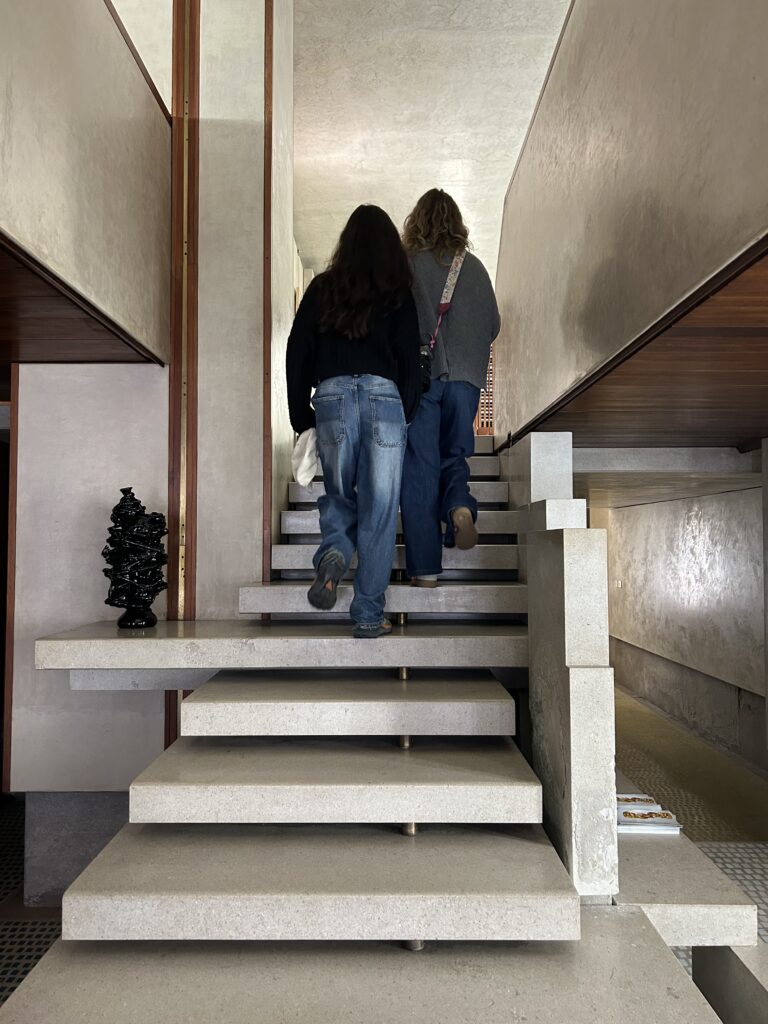
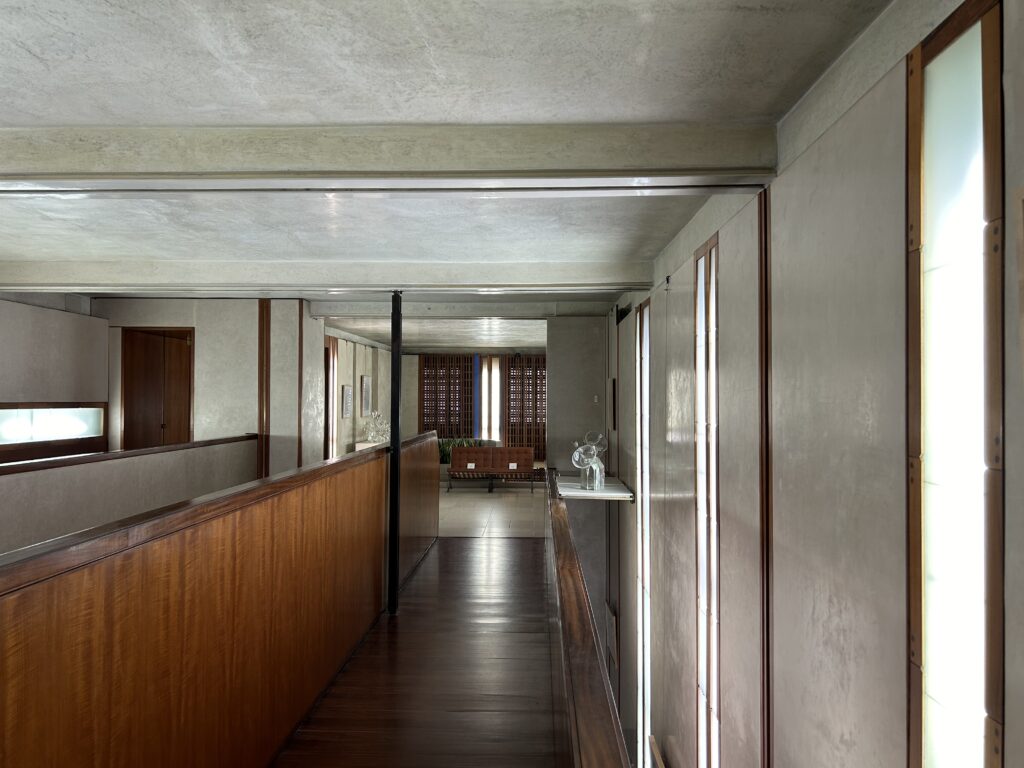
It struck me how Scarpa’s work here prefigured the consumer-oriented, experiential spaces that would later become iconic under Steve Jobs’ vision. The Olivetti Showroom seems more than a store—it’s a space that elevates industrial objects into an artful experience.
Scarpa’s Legacy
Exploring Scarpa’s works has been nothing short of transformative. His designs resonate with the same sense of intentionality and awe I felt watching Dune. Villeneuve has embedded and elevates Scarpa’s mastered art of creating spaces that evoke emotion and inspire thought.
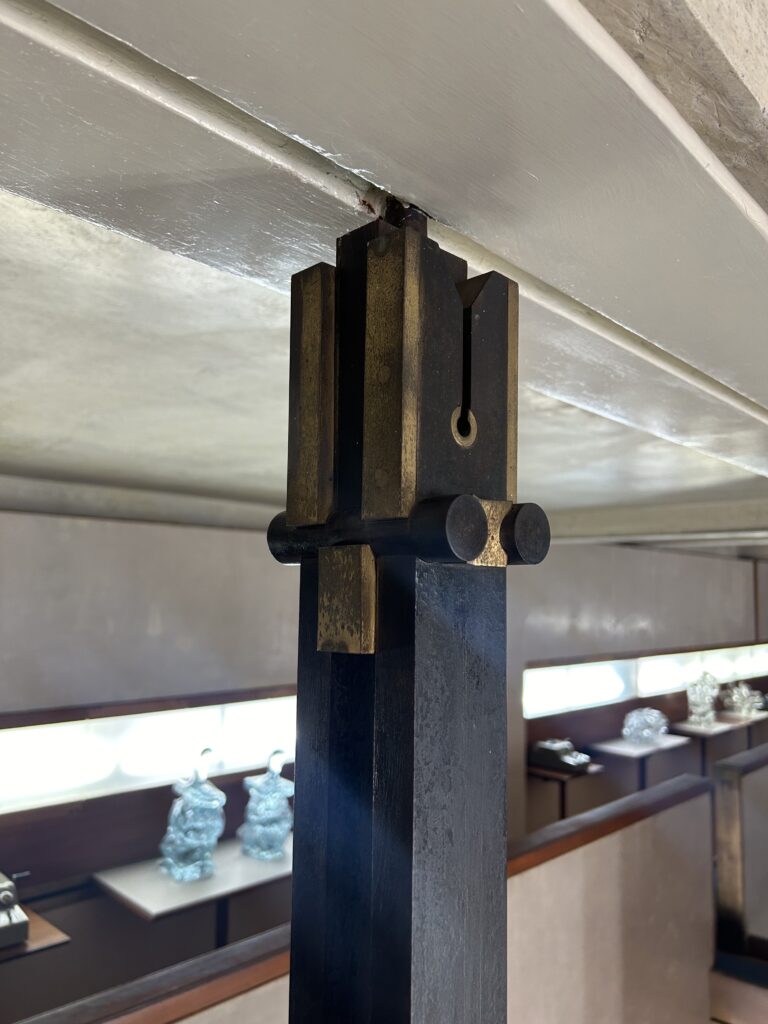
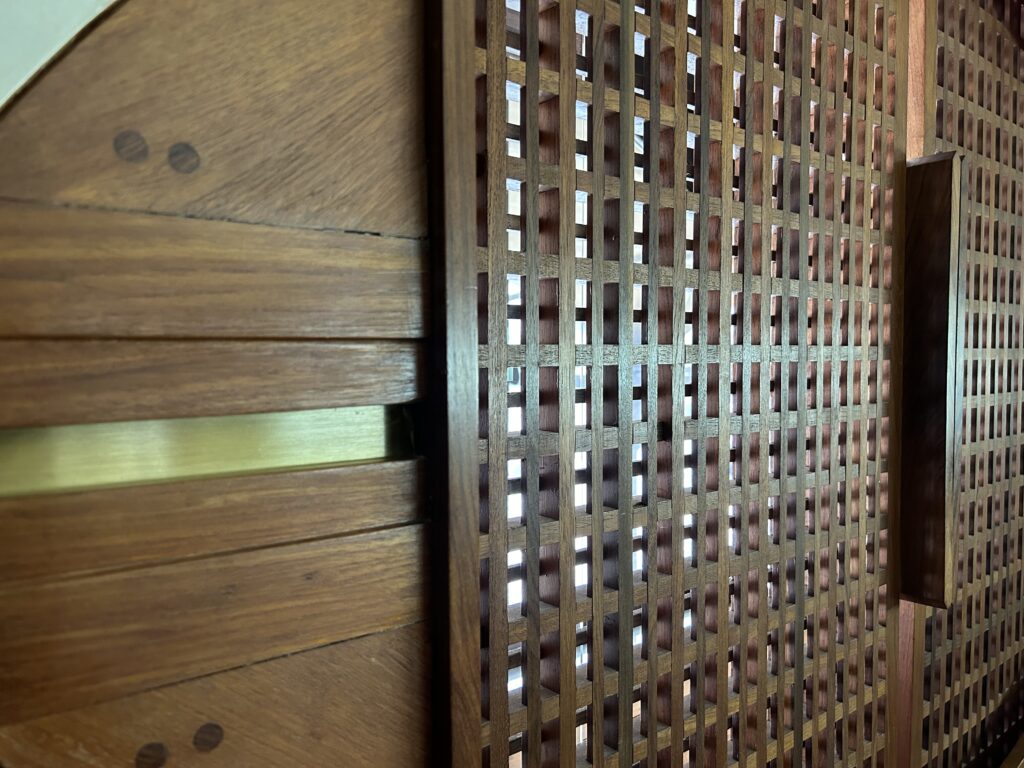
Scarpa’s works, from his restoration of historic buildings to his innovative retail designs, attention to detail, remind me that great design is not just about function or beauty; it’s about creating experiences that stay with you long after you’ve left the space. The Olivetti Showroom in Venice was not just a highlight of my trip, but a powerful reminder of the enduring impact of thoughtful design.
If you ever find yourself in Italy, I cannot recommend enough the journey into Carlo Scarpa’s world. It’s a pilgrimage that offers not just inspiration but a profound appreciation for the art of architecture.
